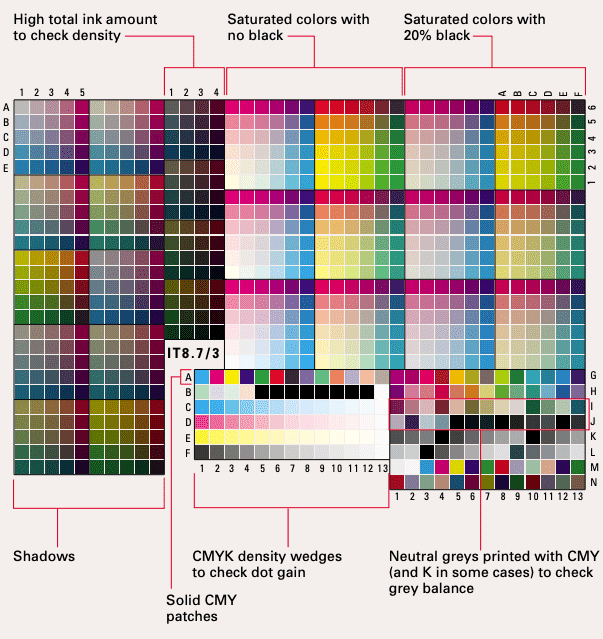Wettability plays a critical role in flexo printing as it affects the quality and consistency of printed materials. In flexo printing, it’s important to ensure that the ink adheres properly to the substrate, so measuring wettability is a key task. One effective method of measuring wettability is to use a surface tension test ink. This article examines how to measure wettability with surface tension test inks in flexo printing.
Measuring Wettability with Surface Tension Test Ink
Surface tension test inks are liquids formulated to have a specific surface tension. These inks are used to determine the wettability of a substrate by assessing how well the ink spreads or beads on the surface. There are several categories of test inks based on their solvent base, and each has unique applications and benefits.
Preparing for the Test
In a flexo printing environment, preparing for a surface tension test means ensuring that the substrate is clean and free of contaminants. Dust, grease or other foreign particles can distort the results. It is also important to select the correct test ink with a surface tension close to the expected wettability of the substrate.
Step-by-Step Procedure
- Clean the substrate: First, thoroughly clean the substrate with a suitable solvent. Allow to dry completely before testing.
- Select test ink: Select a test ink with an appropriate surface tension value. Test inks typically range from 30 to 70 dynes/cm.
- Apply ink: Use a clean brush or applicator to apply a thin layer of test ink to the substrate. Ensure that the application is even and covers a sufficient area to observe wettability.
- Observe behaviour: Immediately observe the behaviour of the test ink on the substrate. If the ink spreads evenly and forms a uniform film, the surface energy of the substrate is equal to or greater than the surface tension of the test ink. If the ink beads or forms droplets, the surface energy of the substrate is less than the surface tension of the ink.
Interpreting the results
Achieving proper ink adhesion is critical in flexo printing. A substrate that spreads the test ink evenly indicates good wettability and printability. Conversely, if the ink beads, it indicates that the substrate needs surface treatment. Corona or flame treatment can contribute to increase its surface energy and improve wettability.
Benefits of Using Surface Tension Test Ink in Flexo Printing
The use of surface tension test ink in flexographic printing offers several advantages:
- High accuracy and reliability: Test inks provide an accurate measurement of the surface energy of the substrate, ensuring consistent print quality.
- Simplicity and ease of use: The application process is straightforward and quick, allowing for immediate evaluation.
- Ensures print quality: By verifying wettability, printers can avoid problems such as poor adhesion, smudging and incomplete printing, ensuring consistent, high-quality output.
Limitations and Considerations
While surface tension test inks are effective, there are some limitations and considerations:
- Environmental factors: Humidity and temperature can affect results. It’s important to perform tests under controlled conditions for accuracy.
- Consistent application: Ensuring consistent application of the test ink is critical to obtaining reliable results. Inconsistent application can lead to misinterpretation.
- Substrate variability: Different substrates may react differently to the same test ink. It’s important to test each substrate type individually.
Conclusion
Measuring wettability with surface tension test inks is an essential practice in flexo printing to ensure high quality and consistent results. By understanding and using this method correctly, printers can optimise their processes, reduce waste, and maintain the integrity of their printed materials. Despite some limitations, the simplicity and accuracy of surface tension test inks make them a valuable tool in the flexo printing industry.





